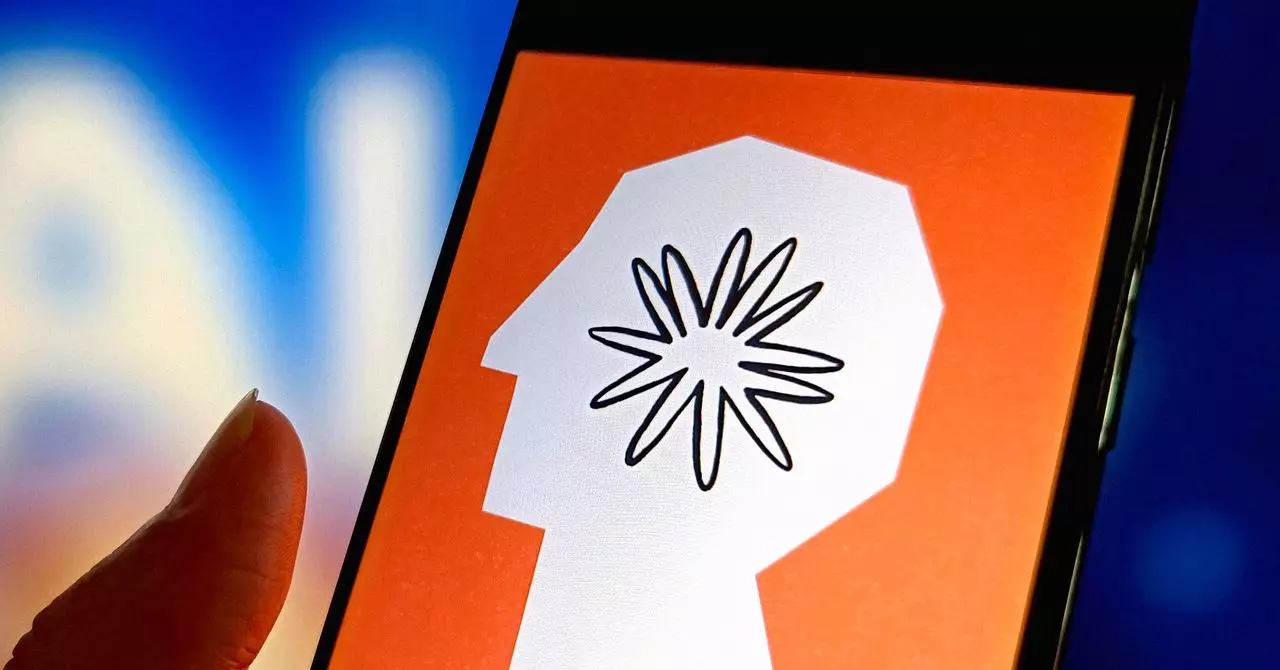The recent settlement involving Anthropic and a collective of authors marks a turning point in the ongoing battle over artificial intelligence and intellectual property rights. For years, tech giants have leveraged vast amounts of data—much of it sourced from copyrighted works—without clear legal boundaries or compensation frameworks. This case—the first of its kind in the United States—signals a shift towards accountability and sets a precedent that AI companies cannot dismiss as mere “gray areas” of fair use. The settlement’s magnitude, with a minimum payout of $1.5 billion covering an estimated 500,000 works, underscores the power of collective legal action and the importance of establishing clearer boundaries around AI training practices.
This ruling acts as a warning shot to the industry, challenging the assumption that machine learning can operate freely with impunity. While some argue that using copyrighted material for AI training is a necessary part of technological progress, this case underscores the importance of respecting creators’ rights. It suggests that, moving forward, the industry will be under increased scrutiny, and companies will need to develop more transparent and lawful methods of sourcing data. The precedent laid down here could usher in an era where compensating creators is no longer an afterthought but an integral part of AI development.
The Power of Financial Accountability for Creativity
One of the most revolutionary aspects of this settlement is the emphasis on monetary reparations for individual works. The payout sees each author receiving approximately $3,000 per work, a seemingly modest figure but one packed with symbolic and practical significance. It sends a clear message: creators’ contributions are valuable, and their exploitation—whether intentional or accidental—must be addressed with financial responsibility.
This precedent could invite a paradigm shift in how AI companies engage with copyrighted content, compelling them to establish licensing agreements rather than relying on unregulated shadow libraries or pirated copies. The court’s acknowledgment that pirated books were used as training data—despite Anthropic’s claims to the contrary—demonstrates that justice can favor creators. It’s a powerful statement that pirated material isn’t an acceptable substitute for licensed content and that corporations must bear the consequences for their methods, especially when those methods exploit the work of countless artists, writers, and thinkers.
Furthermore, this settlement could catalyze broader reforms within the AI industry. As more companies recognize the financial and reputational risks, they may start proactively seeking licensing deals or creating proprietary datasets, thus fostering a more sustainable ecosystem for creativity that benefits both innovators and content creators.
Implications for the Future of AI and Intellectual Property Law
Although Anthropic refrains from admitting liability, the court’s recent rulings highlight the delicate legal tightrope AI developers must walk. The initial favorable “fair use” ruling for Anthropic was significant; however, the court’s recognition that the company downloaded and kept pirated copies illustrates the complex legal landscape surrounding AI training data. The ambiguity in fair use doctrine—especially when applied to AI—has been a point of contention. This case exposes the cracks in current legal protections, especially given the reliance on shadow libraries like LibGen.
Looking ahead, this settlement could symbolize a broader shift toward requiring transparency and accountability from AI developers. If more companies are compelled to pay for or license the data they train on, the industry could be pushed toward ethical sourcing and respect for copyright laws. This might also influence policymakers, who could institute clearer regulations to prevent future misuse of copyrighted content.
But perhaps most importantly, this case raises vital questions about the nature of creativity itself within the age of AI. Are AI models merely tools that require compensation for their training data, or are they autonomous creators that should be granted some form of copyright or ownership? The legal debates will undoubtedly continue, but this successful class action settlement demonstrates that holding AI companies accountable is both necessary and possible.
This landmark case is more than just a financial settlement; it is a clarion call to the industry, regulators, and creators alike. It emphasizes that the future of artificial intelligence cannot be built on illicit borrowing or disregard for intellectual property. Instead, it must be rooted in fairness, transparency, and respect—principles that will shape the next era of technological innovation.

